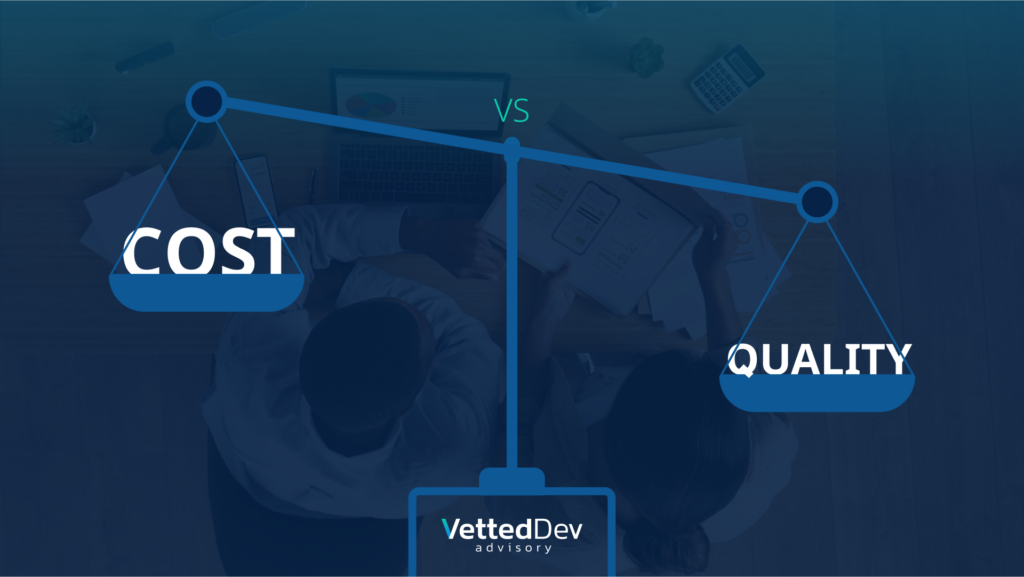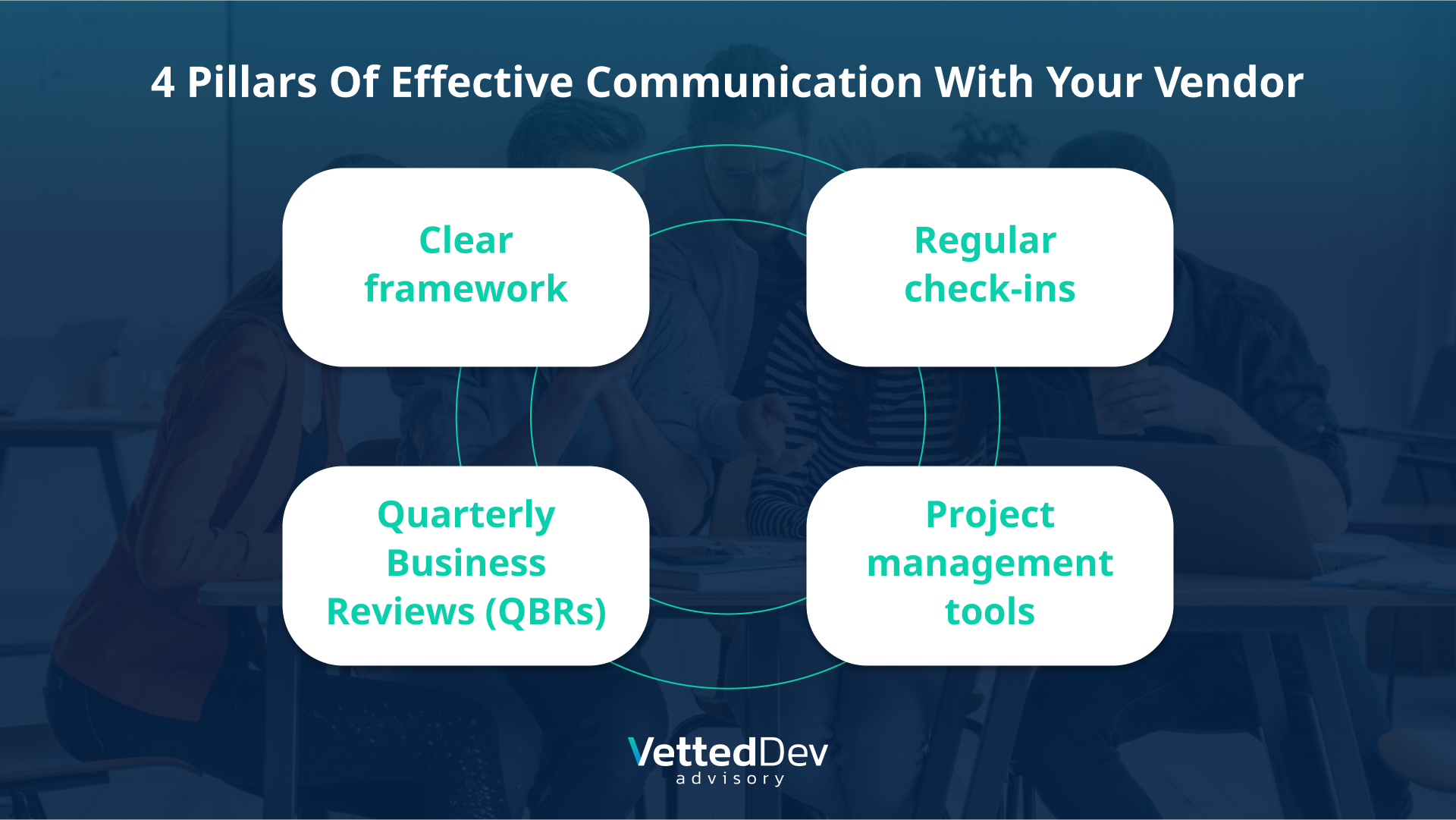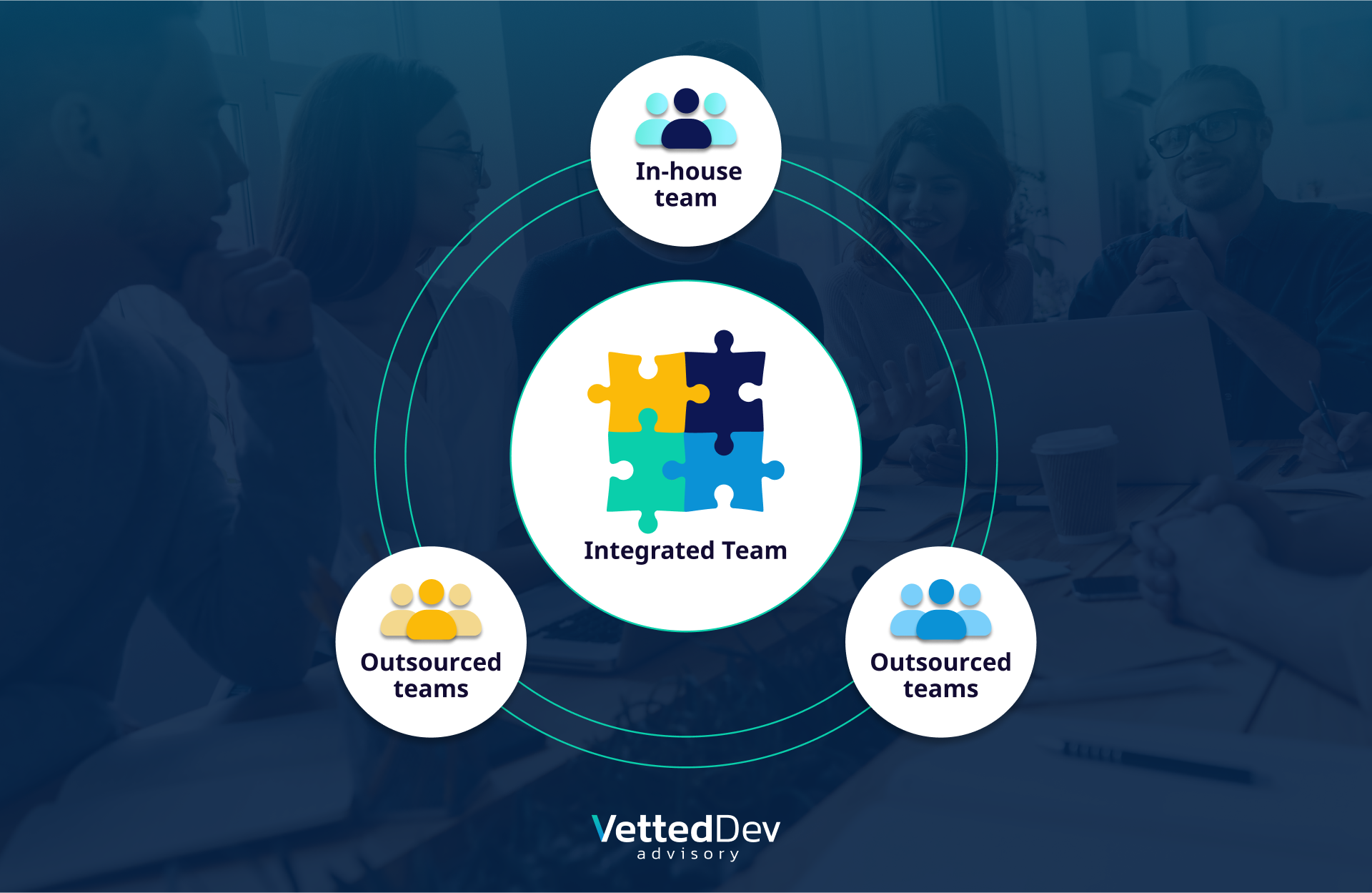Top 5 Mistakes SaaS Companies Make When Hiring Software Developers from Dev Shops
By VettedDev.net
Introduction
Hiring the right software development team is a critical decision for SaaS companies. With the growing reliance on outsourced development, many businesses turn to dev shops to accelerate product development. However, outsourcing software development comes with its own set of challenges. Mistakes in the hiring process can lead to wasted time, budget overruns, and, ultimately, a failed product.
To help you make an informed decision, we’ve identified the top five mistakes SaaS companies make when hiring software developers from dev shops and how to avoid them.
1. Choosing Based Solely on Cost
Price is always a factor in business decisions, but when it comes to software development, going for the cheapest option can be a costly mistake. Software development is a complex process that varies significantly between vendors. Unlike buying a car from a single manufacturer where you can compare prices easily, software projects have multiple moving parts that make direct cost comparisons difficult.
When SaaS companies focus only on the lowest bid, they often end up with:
- Poor code quality, leading to frequent bugs and costly rework
- Lack of proper documentation, making future maintenance difficult
- Communication gaps due to inexperienced or offshore teams with timezone misalignment
How to Avoid This Mistake:
- Look beyond the price and evaluate the vendor’s experience, reputation, and technical expertise.
- Ask about their development process, past projects, and how they handle issues.
- Consider value over cost—paying more upfront for high-quality development can save money in the long run.

2. Lack of Proper Due Diligence on Vendors
Many SaaS companies hire a dev shop based on a recommendation from a friend or colleague. While referrals can be valuable, they don’t guarantee the vendor’s ability to execute your specific project. A vendor that delivered a great real estate platform for someone else may not have the expertise to build your fintech solution, which requires compliance with regulations like PCI DSS and other industry standards.
How to Avoid This Mistake:
- Conduct in-depth research on potential vendors.
- Request case studies or examples of work relevant to your industry.
- Check references from companies in similar industries.
- Ask detailed questions about their experience with your specific tech stack and regulatory requirements.
3. Not Setting Up Regular Check-Ins and Progress Reviews
Communication breakdowns are a major reason why outsourced projects fail. Many SaaS companies assume that once a contract is signed, the vendor will handle everything smoothly. However, without regular check-ins, issues can go unnoticed until it’s too late.
Common issues caused by lack of communication include:
- Misalignment on project goals and deliverables
- Delayed discovery of technical challenges
- Lack of transparency in development progress
How to Avoid This Mistake:
- Establish a clear communication framework before starting the project.
- Require regular status reports and scheduled check-ins (weekly or bi-weekly).
- Insist on Quarterly Business Reviews (QBRs) to assess progress and realign if needed.
- Utilize project management tools like Jira, Trello, or Asana to track development.

4. Failing to Define Clear Requirements and Expectations
Many SaaS companies approach development with only a business idea in mind, assuming that the vendor will translate it into a fully functional product. While a good dev shop should provide guidance, lack of clear requirements can lead to scope creep, misaligned expectations, and delays.
Additionally, if the vendor has a poor understanding of your industry or domain, they may make incorrect assumptions that negatively impact the product.
How to Avoid This Mistake:
- Create a detailed project scope document outlining functionality, design, integrations, and performance expectations.
- Prioritize must-have features versus nice-to-have ones to avoid scope creep.
- Provide vendors with domain knowledge by sharing industry insights and regulatory requirements.
- Have a technical lead or product manager from your team involved in key decision-making.
5. Not Integrating Outsourced Developers with the In-House Team
SaaS companies often treat outsourced teams as a separate entity rather than an extension of their in-house team. This leads to misalignment, duplicated efforts, and inefficiencies in collaboration.
Without integration, issues such as:
- Lack of shared knowledge between teams
- Poor code integration and different coding standards
- Reduced sense of ownership from outsourced developers can arise, negatively impacting the final product.
How to Avoid This Mistake:
- Treat outsourced developers as part of your core team.
- Involve them in team meetings, stand-ups, and decision-making discussions.
- Ensure they have access to internal documentation and communication tools like Slack or Microsoft Teams.
- Foster collaboration through shared coding standards, peer reviews, and joint planning sessions.

Conclusion
Hiring a software development team from a dev shop can be a great way to scale your SaaS company but only if done correctly. Avoiding these five common mistakes will help you find the right vendor, maintain control over the development process, and ensure the success of your software product.
By prioritizing quality over cost, conducting proper due diligence, maintaining regular check-ins, defining clear expectations, and integrating outsourced teams with your internal staff, you can create a successful partnership with your dev shop and build a product that meets both business and technical requirements.
Are you looking for vetted software developers to help build your SaaS product?
Vetted Dev to find top-tier developers with proven experience.
Looking for more insights on finding the right outsourcing partner? Visit VettedDev.net for guides, tips, and curated recommendations.
